Did you know that using Computer Vision for people counting is one of the best ways to generate actionable intelligence about pedestrian, commuter or customer behavior within physical spaces?
The application of Machine Learning Models and Computer Vision Software – the ability to programmatically detect, analyze and act on predefined objects and actions in frames of video footage – often conjures images of the hyper-futuristic. And yes, sometimes Skynet-esque doomsday visions too.

But, as Gartner’s VP of Research, Pieter den Hamer, recently told The Washington Post, emerging Artificial Intelligence (AI) technologies are far more likely to augment existing, monotonous tasks – rather than take-over your job, much less the world.
In the article, AI isn’t yet going to take your job — but you may have to work with it, den Hamer explains that, while “every job will be impacted by AI”, the main overarching benefit to embracing AI is freeing-up humans to conduct less mundane and repetitive work.
So while people counting techniques have existed for a long time, legacy approaches have made it a much slower, more expensive and inaccurate process than it should be. But Computer Vision, also known as Video Analytics, is changing that – fast.
People Counting of the Past:
Legacy approaches and drawbacks
When it comes down to it, lack of appropriate technology has hamstrung the ability to – and benefits of – logging and analyzing pedestrian data accurately, efficiently and cost-effectively. To understand why a centralized Computer Vision approach addresses these issues, it’s useful to recognize the prevailing deficiencies of alternative methods (such as manual, thermal imaging, wifi, bluetooth, Infrared and laser beam counting).
Common conundrums
While each method of people counting has specific strengths and weaknesses, manual, hardware-centric, server-side and single-purpose techniques of the past share some common challenges:

Time-consuming and Unscalable
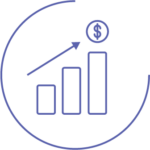
Costly to Deploy and Maintain
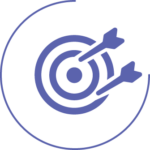
Inaccurate Results
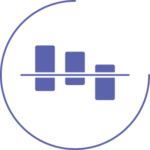
Inconsistent Results
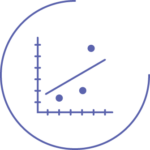
Limited Data Produced for Analysis
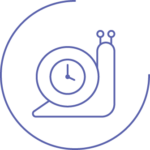
Delayed Processing

Privacy Concerns

Inflexible and Unadaptable
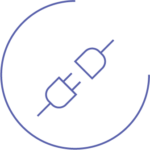
Non-integratable
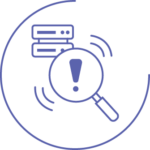
Invasive

Technologically Prohibitive
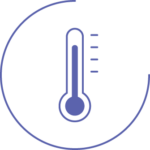
Environmental Sensitivity
Using Computer Vision for People Counting:
Harnessing Machine Learning to analyze video footage
Computer Vision unlocks the potential to digitally analyze occurrences in the physical world in new, productivity enhancing ways. Using Video Analytics technology to count people facilitates more reliable, replicable data collection at scale.
Why Computer Vision is a superior method for counting people
This next section outlines the benefits of computer-vision-based people counting compared to other common methods.
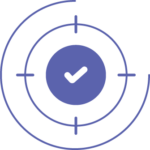
Superior Count Accuracy
Once optimized with relevant training data, Machine Learning models for people counting produce more accurate results than traditional methods, while avoiding the human error and subjectivity associated with people-reliant processes.
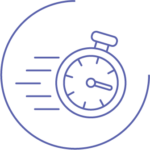
Faster Processing

Improved Scalability

Efficient Set-up and Monitoring

More Consistent Cross-site Results
Because the same people counting models can be deployed throughout a range of locations and video sources, more consistent detections are produced across different sites. Better standardization also makes it easier to compare results between different systems and locations.
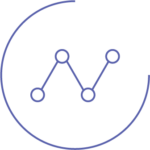
Greater Opportunity to Conduct Analytics
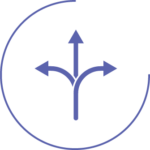
More Efficient Adaptation
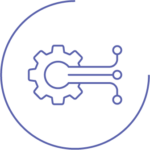
More Integratable





